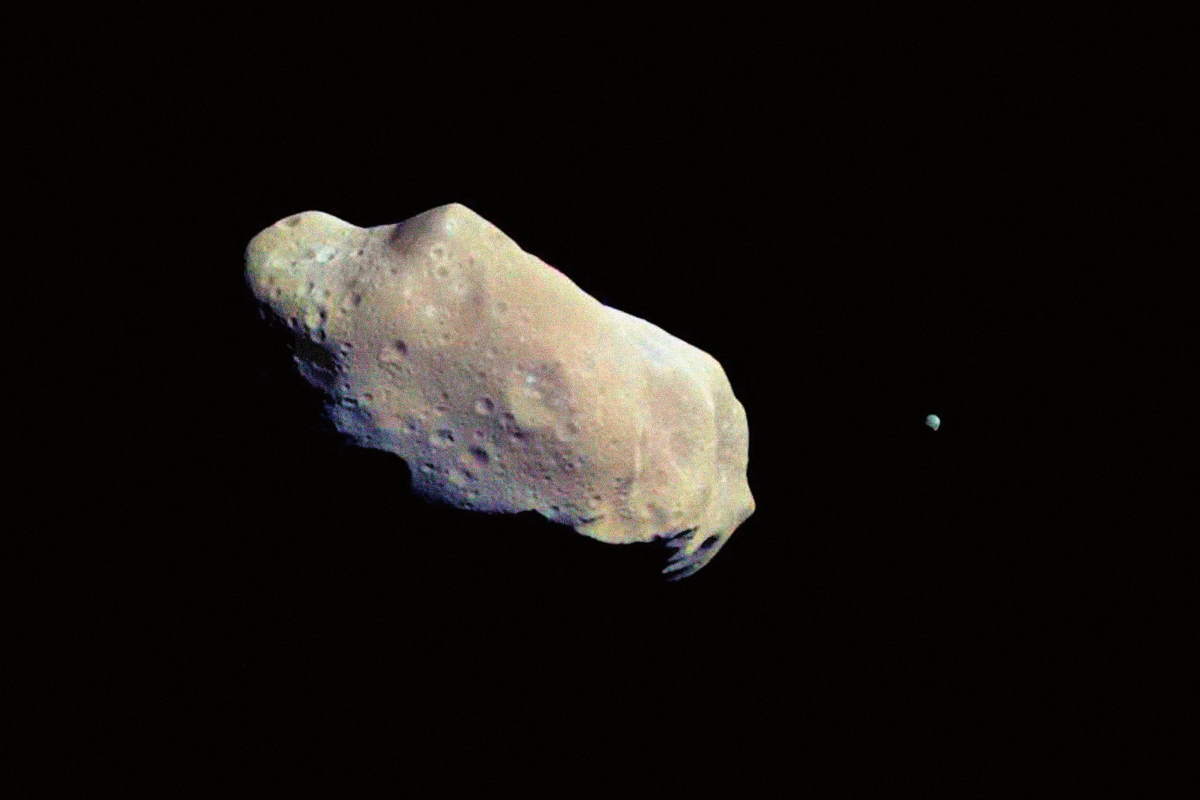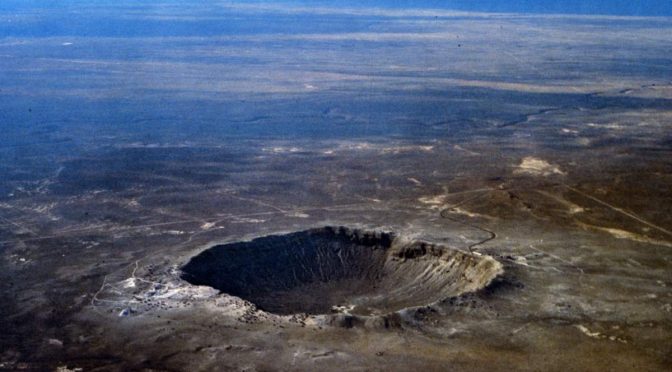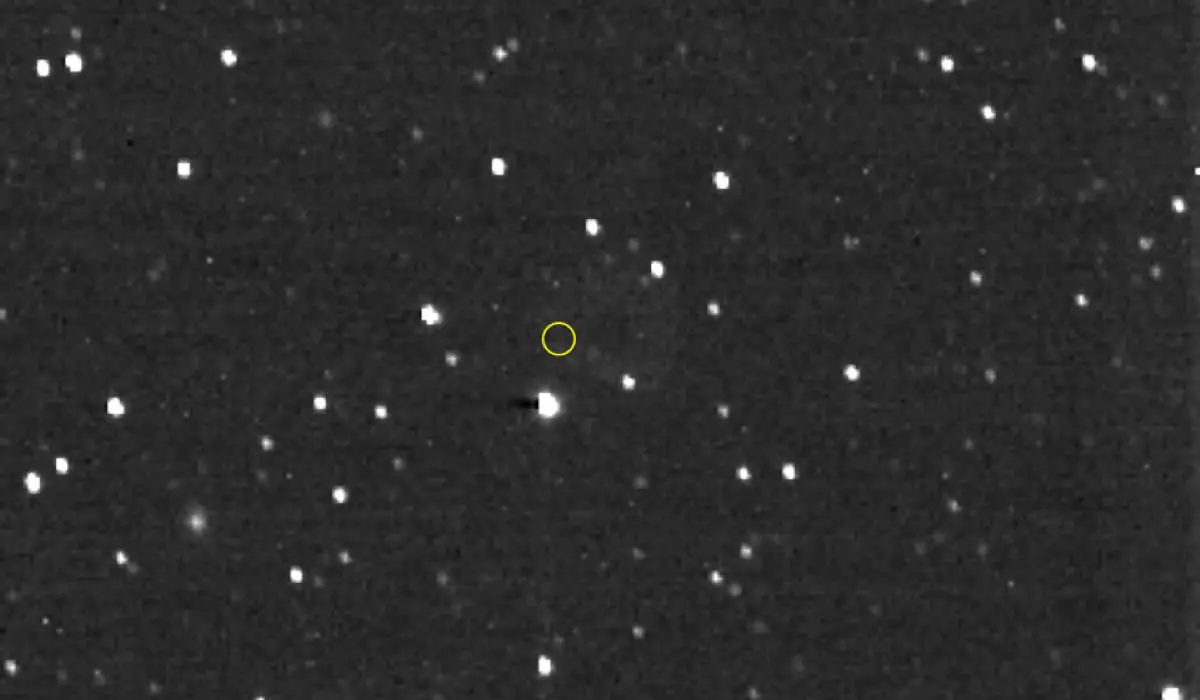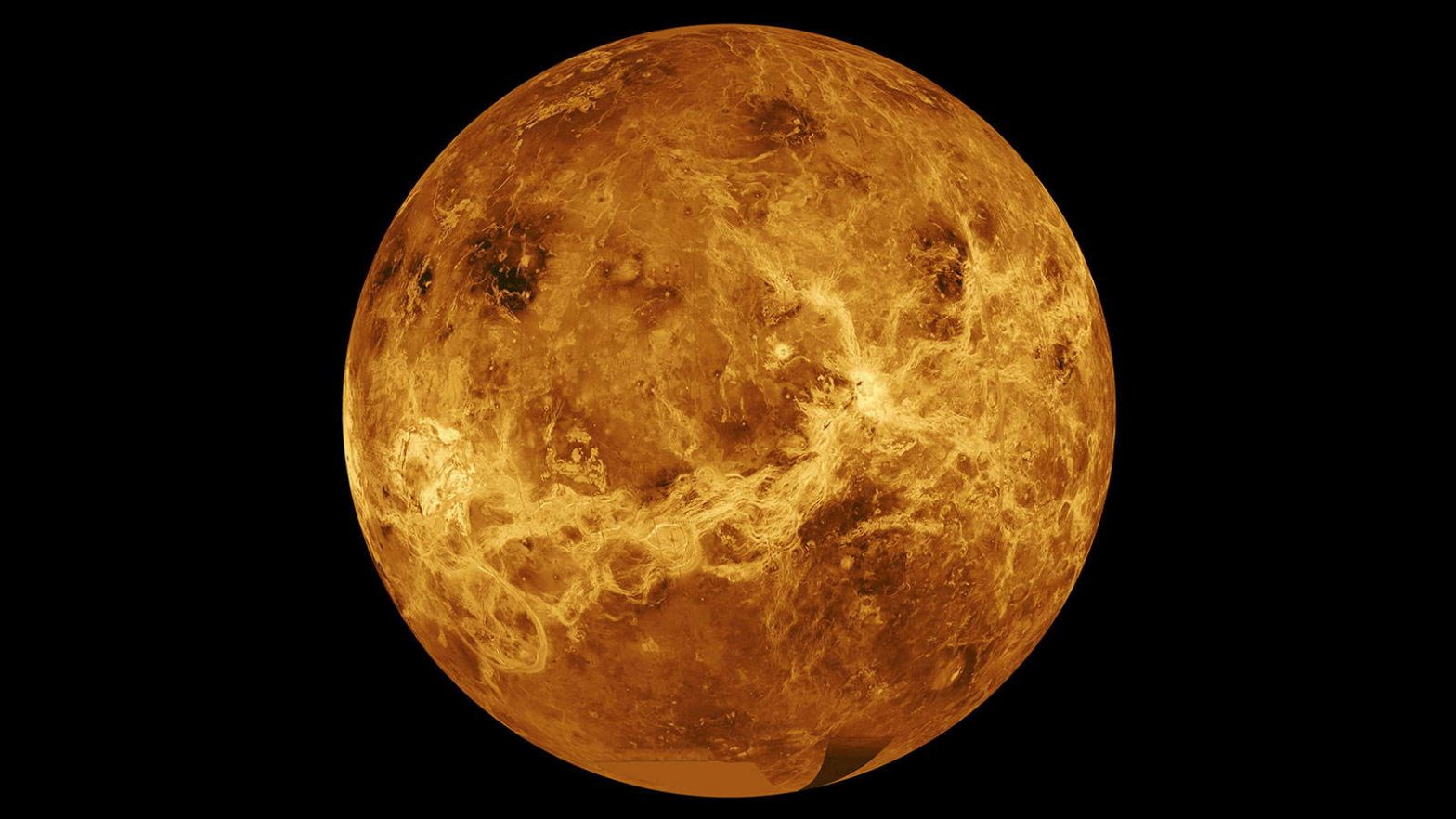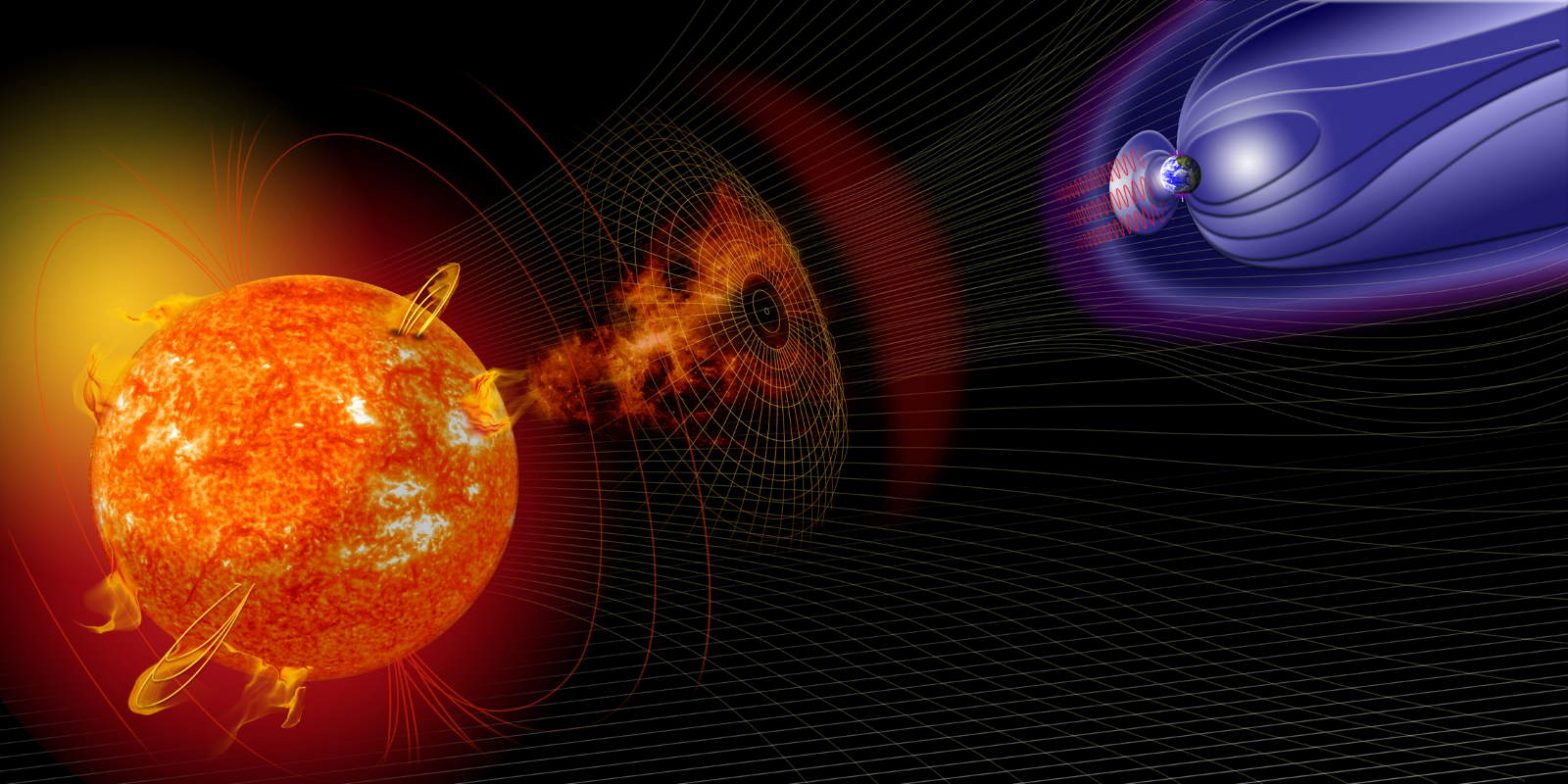When you look up in the sky on a cloud-free night, you see many thousands of stars, if you are not in a light-polluted area, of course. One thing you’ll quickly notice is that the stars twinkle, while the planets do not.
Category Archives: Astronomy
Orbits of Potentially Hazardous Asteroids
NASA has published a disturbing image of the orbits of potentially hazardous asteroids on the APOD (Astronomy Picture of the Day) website. The image shows the orbits of the asteroids which are more than 140 meters (450 feet) across and will pass within 7.5 million kilometers (4.66 million miles) of Earth. If hits, a space …
Continue reading “Orbits of Potentially Hazardous Asteroids”
Why don’t we shoot garbage into the Sun?
The Earth is getting full of waste, pollution, and garbage. Yes, the world should focus on recycling and reducing waste, but, the truth is that it’s just not that easy, and in fact, we’re not doing well so far. So, why not shoot the Earth’s garbage into space, or even better, into the Sun?
How Scientists “Look” Inside Asteroids
Asteroids can pose a threat to life on Earth but are also a valuable source of resources to make fuel or water to aid deep space exploration. Devoid of geological and atmospheric processes, these space rocks provide a window onto the evolution of the solar system. But to really understand their secrets, scientists must know …
Stardust is raining down on Earth
It is all around us. Every day in our lives we are in contact with it. In fact, we are made from it: ancient stardust. All the atoms around us have witnessed the most violent explosions in the universe. Their journeys through space are the longest, roughest and loneliest voyages imaginable. Dominik Koll, Australian National …
From Destruction to Creation: Understanding Meteorite Impact Craters
Ever since the planets first formed, they have been bombarded with space rocks. Asteroid and cometary collisions are so powerful that planetary surfaces fracture and melt beneath them, leaving behind huge craters. These impact events have played an important role in our planet’s history, by shaping the geological landscape, producing valuable minerals, and affecting the …
Continue reading “From Destruction to Creation: Understanding Meteorite Impact Craters”
New Horizons Photographs Voyager 1’s Location
On December 25, 2020, NASA’s New Horizons spacecraft pointed its Long Range Reconnaissance Imager in the direction of its predecessor, the Voyager 1 spacecraft, and photographed its location from the Kuiper Belt. Launched on September 5, 1977, Voyager 1 is the farthest human-made object and the first spacecraft to actually leave the solar system. In …
Continue reading “New Horizons Photographs Voyager 1’s Location”
NASA has announced two missions to Venus by 2030 – here’s why that’s exciting
For decades, the exploration of our solar system left one of our neighbouring planets, Venus, largely unexplored. Now, things are about to change. Ian Whittaker, Nottingham Trent University
Measuring Meteorites to Reveal the Origins of the Earth
The planet we call home has a 4.5-billion-year history, but humans have only been around for a tiny fraction of this time. To discover what happened before life arose on Earth, and even before Earth’s formation, scientists can study objects sent from space – from icy comets and rocky asteroids to tiny particles of interstellar …
Continue reading “Measuring Meteorites to Reveal the Origins of the Earth”
Space Weather Underground: A Magnetometer Array with Educational Opportunities
The complex processes of Earth’s ionosphere may occur far above the planet’s surface, but when monitored from numerous locations at sufficient distances, they can be measured using inexpensive equipment on the ground. Dr. Charles Smith at the University of New Hampshire has assembled an extensive team to do just that, with participants ranging from space …
Continue reading “Space Weather Underground: A Magnetometer Array with Educational Opportunities”



